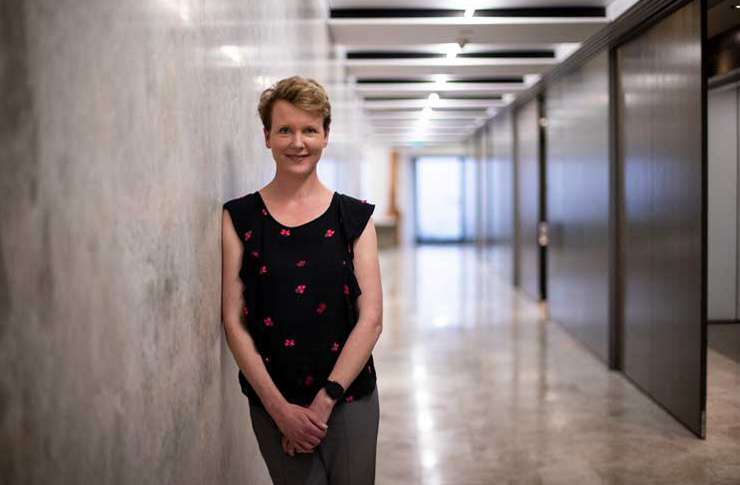The Reserve Bank of New Zealand (RBNZ) is expected to raise the Official Cash Rate next week, but the extent of the hike will depend on the bank’s feeling towards inflation.
Most of the main bank economists are tipping a rise of 0.5 percentage points (or 50 basis points), which would take the OCR to 3% for the first time in almost seven years, although one says a rise of 0.75 percentage points is a distinct possibility.
The RBNZ has increased the OCR six times since October 2021, and the last four hikes have been big ones – 0.5 percentage points each. The aim of the game is to blunt rising inflation – now at 7.3% – with higher interest rates.
The RBNZ’s leadership team is likely to address that point when it publishes its Monetary Policy Statement on August 17, and there are some signs that the strategy is starting to work although Kiwis won’t know for sure until mid-October, when the next consumer price index figures, covering the 12 months to the end of September, are released.
Start your property search
ASB’s senior economist Mark Smith predicts the RBNZ will make two more aggressive hikes, one next week and one in October, and finish the year with a smaller 0.25 point lift, taking the OCR to a peak of 3.75%. “We then expect the RBNZ to hold for a period, with cuts assumed to begin from 2024 as the OCR is returned towards neutral levels (circa 2.5%).”
ANZ chief economist Sharon Zollner is also predicting a “double speed” rise of 0.5 percentage points, but she isn’t ruling out a 0.75 percentage point hike either, and has tipped that the OCR will hit 4% by the end of the year.
ANZ senior economist Miles Workman noted in the bank’s Quarterly Economic Outlook that the OCR might rise beyond 4% if wage growth continues at its current rate. “The OCR will go as high as it needs to,” Workman says, adding that unemployment needs to rise for inflation to slow. However, net migrant outflows mean the labour supply problem won’t be solved soon. “In a nutshell, non-NZ citizen arrivals are not expected to plug the NZ citizen departures gap for a while yet. The Australian labour market is running too hot and pays better.”
While BNZ’s head of research, Stephen Toplis, believes the OCR will hit 3% on Wednesday, he’s expecting the 0.5 percentage point rise on Wednesday will be followed by two rises of 0.25 percentage points later in the year. “We have been tempted to increase our October call to 50 [basis points] but simply have not found any justification in the data to do so.”
Banks often price OCR rises into their mortgage rates ahead of time, but the pain may not yet have reached peak.

ANZ chief economist Sharon Zollner doesn’t rule out a rise of 75 basis points. Photo / Dean Purcell
ASB senior economist Chris Tennent-Brown says homeowners need to budget for higher mortgage rates. “Lenders will likely do budget calculations for loan eligibility using interest rates that are higher than those currently available to borrowers,” he says, predicting that mortgage rates will settle at around 5%-6.5%, but won’t rise “to the higher levels we saw in the 1990s and early 2000s”.
Even when the OCR stabilises, homeowners could still face mortgage increases. ASB noted last month that prior to the pandemic, the RBNZ had proposed banks hold more capital. The measure was put on hold thanks to economic measures to counter the pandemic, but will be instituted eventually. “The RBNZ plans to phase in higher capital requirements for banks over the coming years, and that will lead to increases in bank funding costs and, in turn, mortgages,” Tennent-Brown says.
Westpac’s acting chief economist Michael Gordon sees value in fixing mortgages for terms of up to two years. “We would still regard fixing for terms longer than this as expensive, but this option may suit those who want more certainty in their repayments.”
ASB economist Chandna Bedi says that tightness in the labour market is one of the major reasons why inflation could take longer than anticipated to cool and move towards the RBNZ’s target rate of between 1 and 3%.
However, BNZ’s Toplis argues that the annual pace of price increase would fall to 6.4%, cementing the bank’s economists’ view that inflation has peaked.
The RBNZ’s Survey of Expectations released on August 8 suggests business leaders and professional forecasters expect inflation to drop in the next two years.

















































































